A True Multi-Mission Helo
Like most Navy helicopters, many SH-3s had equipment added, removed, or modified to adapt them for other missions like minesweeping, target drone recovery, SEAL team insertion and extraction, and vertical replenishment (VERTREP) of ships at sea. Later Sea King variants were equipped with digital navigation systems and specialized instrumentation and illumination for night vision compatibility. Not surprisingly, the helo aircrews adapted along with their steeds.
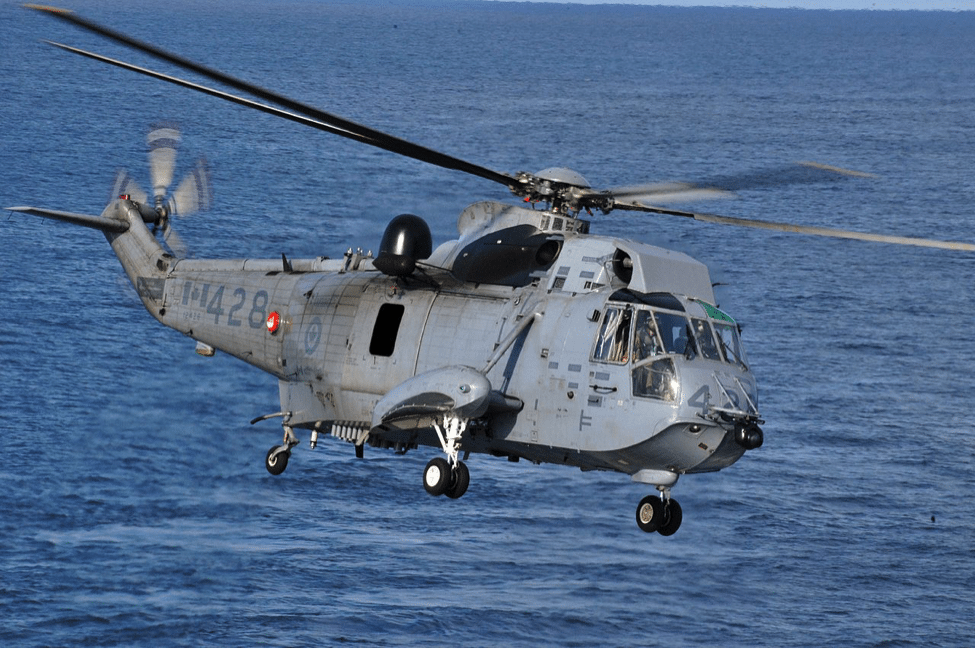
Toting Those Weps
To perform their primary ASW mission, SH-3s carried up to four torpedoes or four depth charges. For anti-ship missions, the Sea King has been adapted to fire up to two Sea Eagle or Exocet air-to-surface missiles. When all other options fail, the SH-3 could also release the B57 nuclear depth bomb.
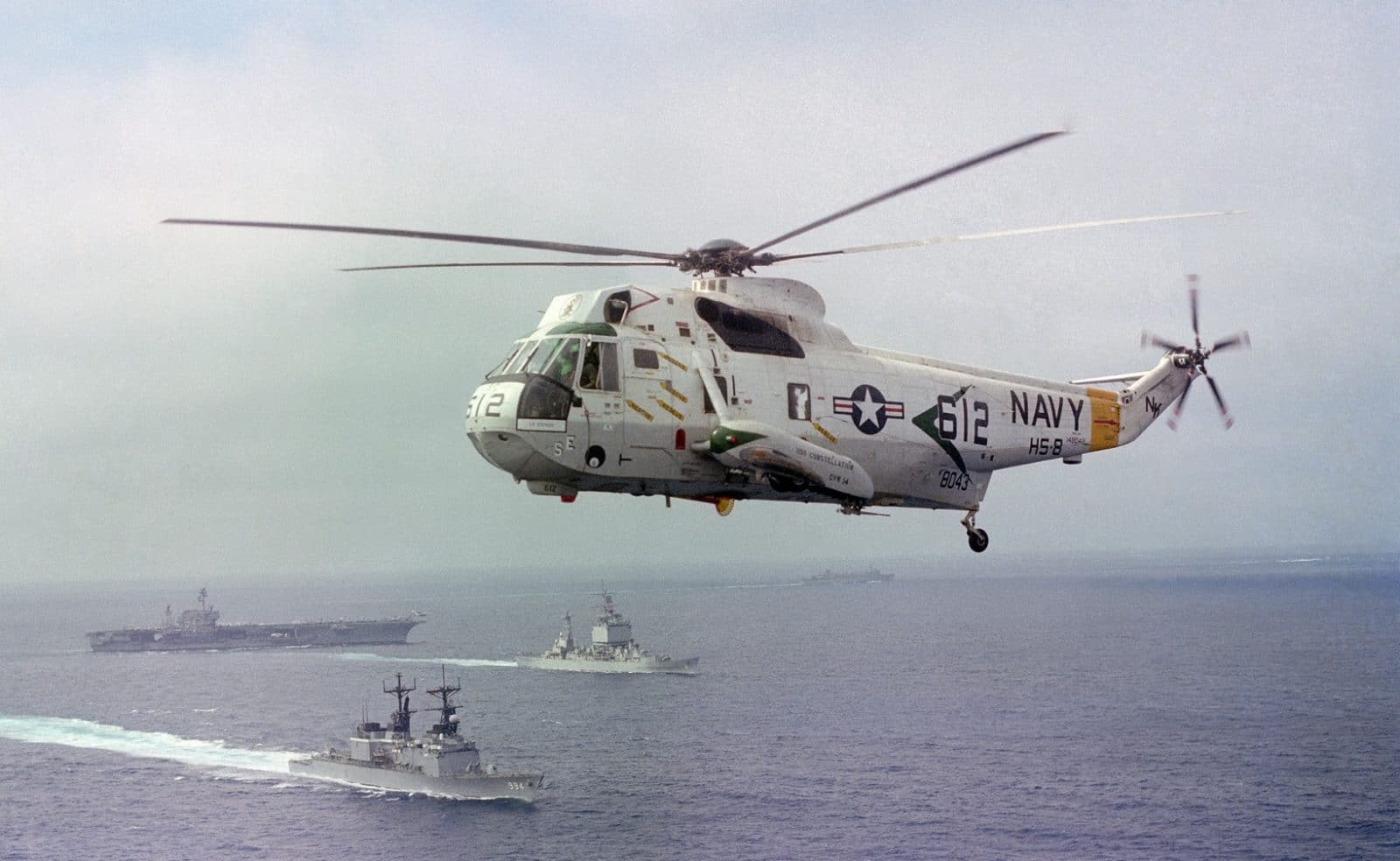
Acquiring the Take
A typical SH-3 ASW equipment suite included the AQS-13 active/passive dipping sonar, computerized processing of sonar and sonobuoy data, various models of active and passive sonobuoys and the ARR-75 sonobuoy receiver, and the Magnetic Anomaly Detector (MAD). The onboard AKT-22 data link made it possible for the Sea King to share their “take” with other assets on-scene.
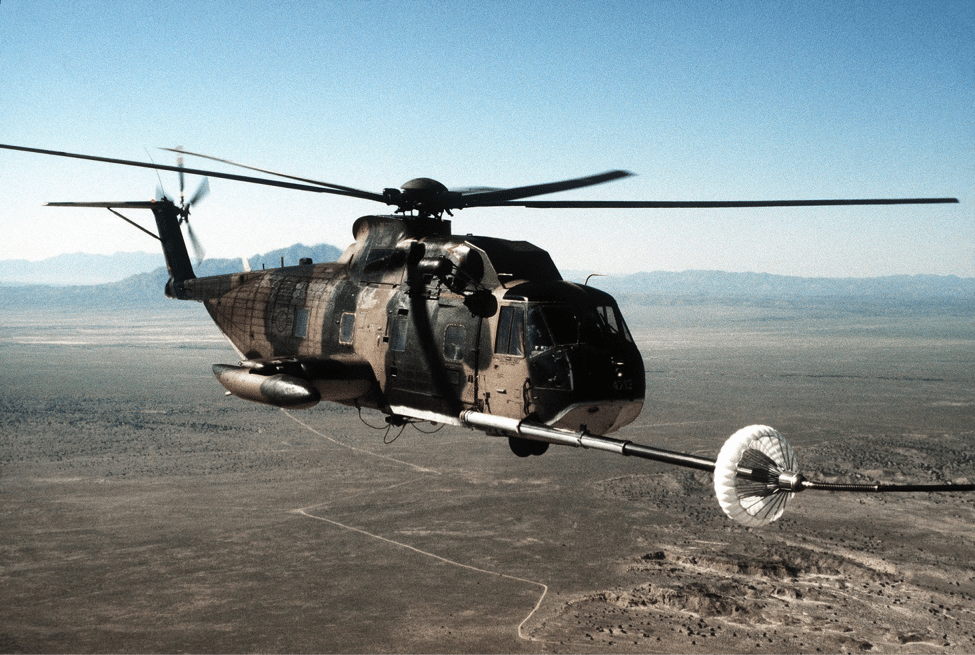
Air Force Jolly Greens
Even more adaptation to the basic SH-3 airframe resulted in the Air Force’s first dedicated rescue helicopters to see combat in Vietnam. The “Jolly Green Giant” HH-3s pioneered combat search and rescue (CSAR), flying deep-penetration rescue missions over hostile territory. Initial Air Force-specific CH-3 rotorcraft equipped with rear loading ramps, side sponsons, and tricycle landing gear were further modified to the HH-3E standard, specialized for CSAR by adding protective armor, an inflight refueling probe, a high-speed rescue hoist, self-sealing fuel tanks, auxiliary tanks, and plenty of firepower to fight their way into and out of hot pick-up zones.
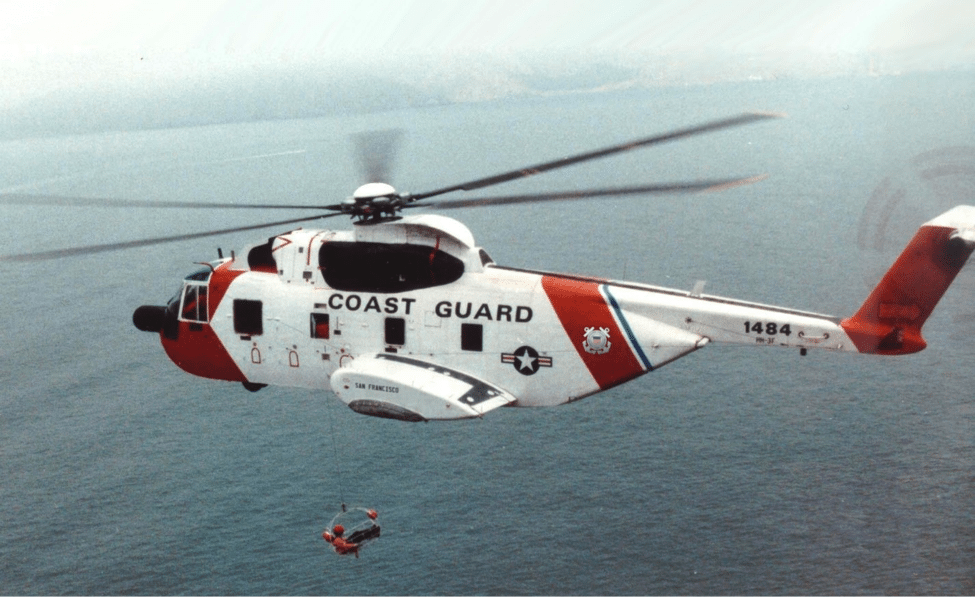
Pelicans for the Coast Guard
The United States Coast Guard (USCG) adapted the HH-3 for their use as well. The HH-3F Pelican added search radar and the ability to land on water to the proven CH-3. USCG Pelicans have rescued hundreds since their introduction in 1965.

Tough Enough to Go All Big Mother
The Navy added protective armor, self-sealing fuel tanks, various defensive armament configurations, and other specialized equipment to several SH-3s during the Vietnam War. These Navy CSAR helos, designated HH-3A and often referred to as Big Mothers, flew their missions off ships of all sizes, from destroyers to aircraft carriers, and improvised the ability to refuel while hovering (HIFAR) above ships too small to accommodate the HH-3A on deck.
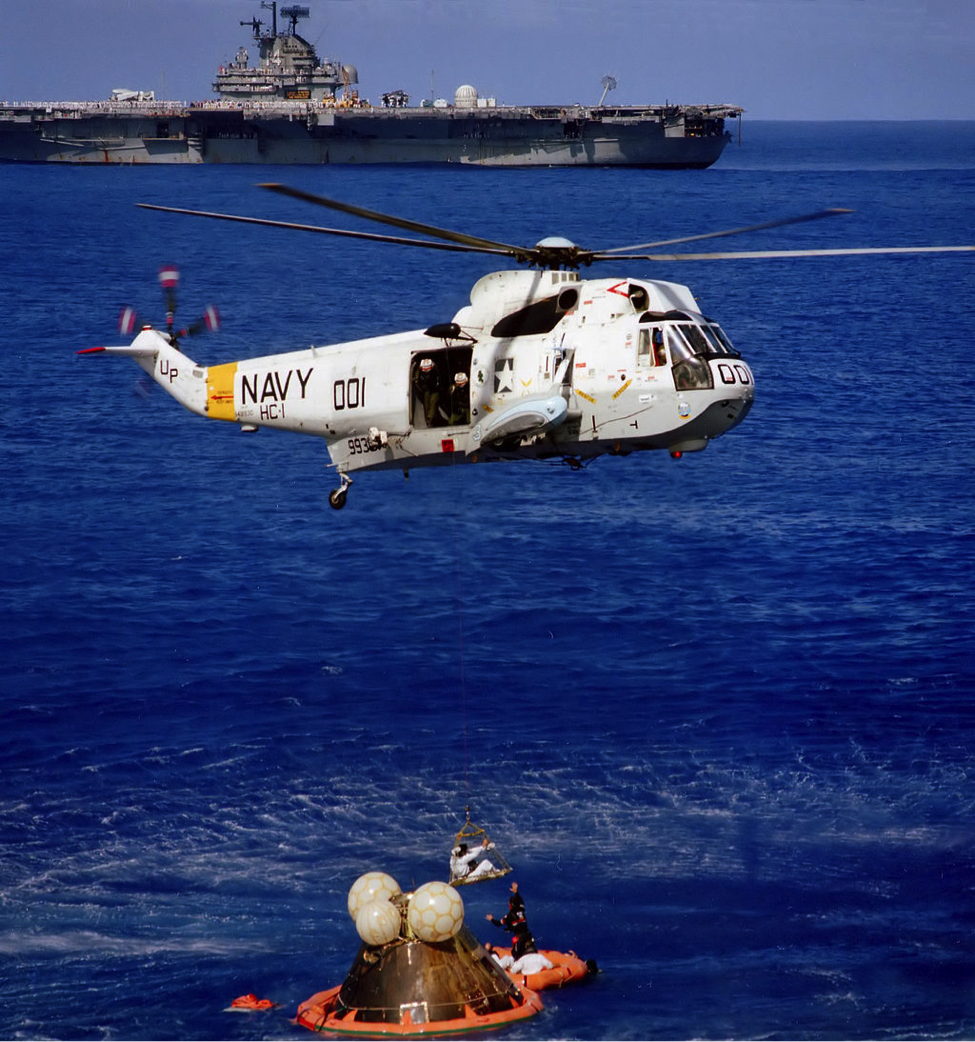
The Big Show
Beginning with the Mercury 7 in May of 1962, the Sea King was the primary helicopter for retrieving manned space vehicles after return to earth and splashdown. If you grew up during the 1960s and early 1970s you probably remember seeing all-white NAVY Sea Kings hovering over bobbing space capsules. SH-3s have also starred in movies like The Final Countdown (1980) and The Hunt For Red October (1990).
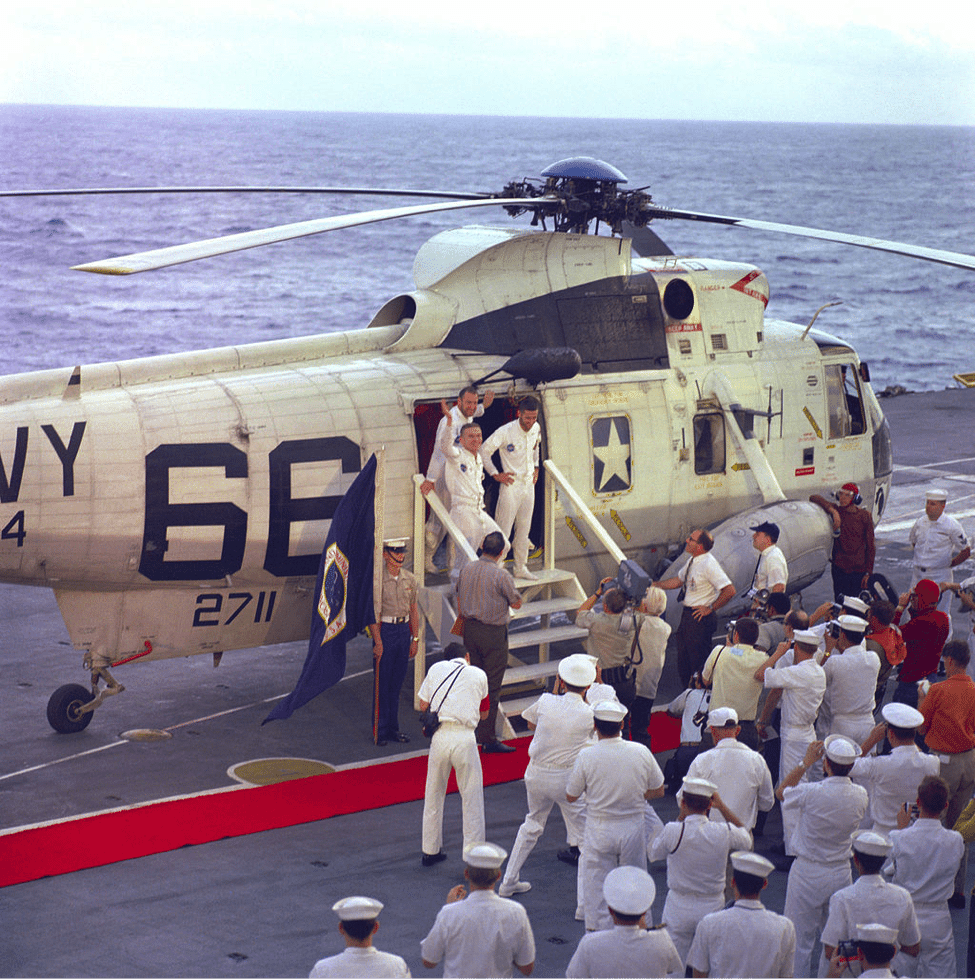
Retirement Age
Time marches on, and though the Sea King had served well, airframe fatigue and advancing technology caught up with them. Beginning during the 1990s, the Navy’s SH-3s were gradually replaced by the many variants of the Sikorsky SH-60 Sea Hawk. The SH-3 still held down air station and navy yard SAR flight missions, logistical support and transport, and general “I-need-a-helo-now” utility roles. Naval Reserve units were equipped with Sea Kings well into the new century. But inevitably, on 27 January 2006, Helicopter Combat Support Squadron (HCS-2) ceremoniously retired the last operational US Navy SH-3s.

A Worldwide Rotorcraft
Foreign operators of the SH-3 include Argentina, Belgium, Brazil, Canada, Denmark, Germany, India, Iran, Iraq, Italy, Japan, Malaysia, Norway, Peru, Saudi Arabia, Spain, and Venezuela. The Sea King has been license-built by Agusta Helicopters in Italy, Mitsubishi Heavy Industries in Japan, and by Westland in the United Kingdom as the Westland Sea King. The major civil versions of the SH-3 are the S-61L and S-61N.
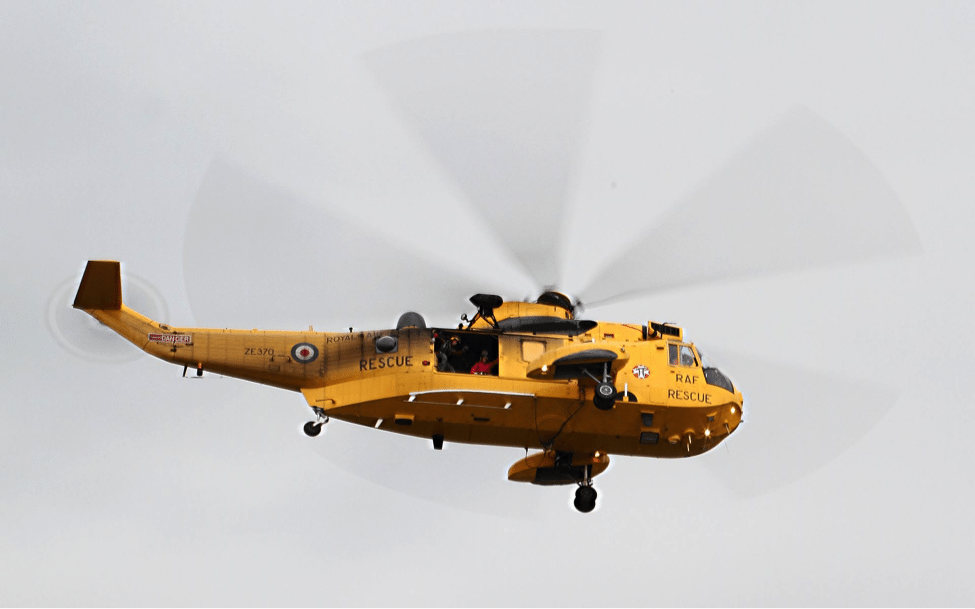
Commercial and Law Enforcement Work
Current and former operators of the S-61 series of helicopters include Ansett-ANA in Australia, CHC Helicopters, Cougar Helicopters, Coulson Aircrane, Helijet, and the Canadian Coast Guard in Canada, Air Greenland, The Irish Coast Guard, Lebanon, KLM Helicopters in the Netherlands, Pakistan International Airlines, Bristow Helicopters, British Airways Helicopters, British International Helicopters, and Coast Guard in the U.K., AAR Corporation, Carson Helicopters, Croman Corporation, Helicopter Transport Services, Los Angeles Airways, New York Airways, San Francisco and Oakland Helicopter Airlines, and the United States Department of State in The United States.
[youtube id=”xUIKxnS6tQc” width=”800″ height=”454″ position=”left”]

I flew some Gemini astronaut recoveries in the ‘60s. The SH-3A and SH-3D at the time were not “all white” helicopters.